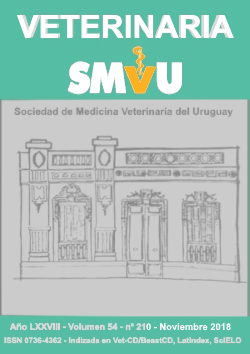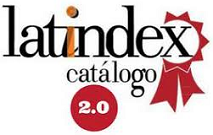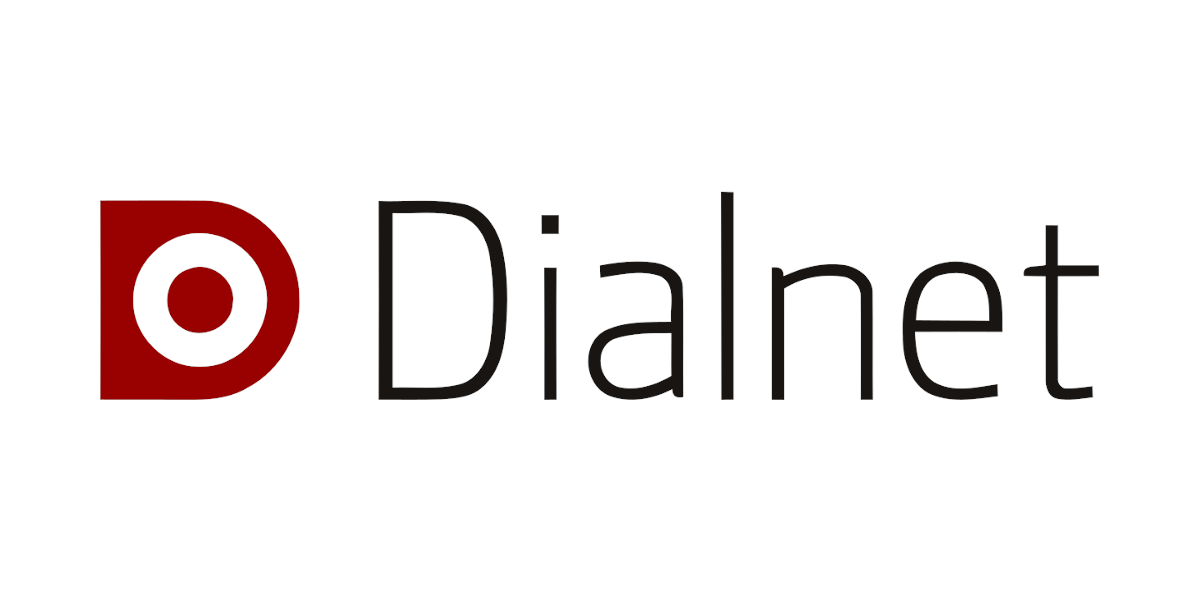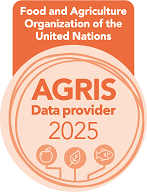Restricción alimenticia durante la gestación y vínculo madre-cría en ovinos
Una revisión
Palabras clave:
Comportamiento materno, Subnutrición, Gestación, Producción de leche, Crecimiento del cordero, DesteteResumen
El objetivo de esta revisión fue sintetizar y discutir información disponible sobre los efectos de la subnutrición durante la gestación de ovejas sobre el vínculo madre-cría al parto y durante el posparto. La oveja y su(s) cordero(s) establecen un vínculo fuerte y selectivo inmediatamente después del parto, el que es mediado por señales olfativas, auditivas y visuales. Luego del parto, si la oveja acepta su cría como propia, le permite la ingesta de calostro, pero en el caso contrario rechaza a la cría con comportamientos agresivos. Durante el periodo de lactación los cuidados maternos evolucionan hasta la independencia alimenticia total de la cría, finalizando con el destete natural. Sin embargo, en la mayoría de los sistemas de producción ovina se realiza un destete artificial que provoca cambios comportamentales y fisiológicos indicativos de estrés. En el caso de Uruguay el sistema de cría ovina predominante es extensivo, basado en el pastoreo de campo natural, el que presenta una marcada disminución en la producción de forraje durante el invierno, momento en el que las ovejas están gestando. En estas condiciones las ovejas preñadas sufren una restricción nutricional, pierden peso y condición corporal, lo que afecta negativamente el peso y las reservas energéticas de sus crías al nacimiento, así como el establecimiento del vínculo entre la oveja y su cordero. Las fallas en el establecimiento del vínculo madre-cría, son las principales causas de los altos índices de mortalidad posnatal de corderos y de la baja eficiencia reproductiva de estos sistemas. La disminución en la producción de leche de las ovejas compromete el desarrollo de los corderos, lo que también repercute en la evolución del vínculo madre-cría y la respuesta de estrés al destete.
Descargas
Métricas
Descargas
Publicado
Cómo citar
Número
Sección
Licencia
Derechos de autor 2018 Sociedad de Medicina Veterinaria del Uruguay

Esta obra está bajo una licencia internacional Creative Commons Atribución-NoComercial 4.0.











